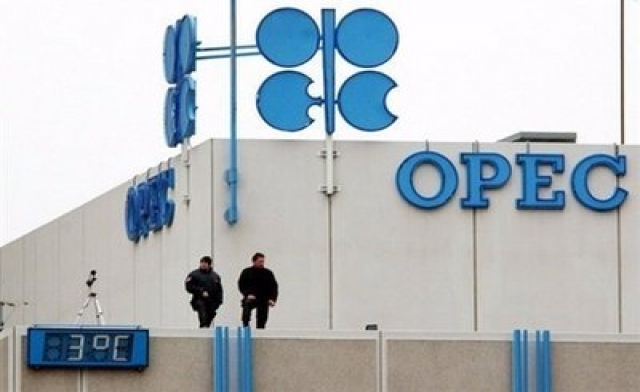Opec Forecasters expect Oil price at $80 by 2020.

OPEC forecasters expect oil prices will rise by no more than $5 a barrel a year to reach $80 by 2020, with a slowing in rival non-OPEC production growth not enough to absorb the current oil glut, according to OPEC sources according to a report by Oil and Gas investors.
The sources said the figures came from an updated mid-term strategy report discussed this week by representatives from the Organization of the Petroleum Exporting Countries (OPEC) in Vienna, which has yet to be fully endorsed by OPEC ministers.
The report forecasts that non-OPEC supply would amount to 58.2 million barrels per day by 2017, some 1 million barrels per day lower than in the previous forecast.
That effectively means OPEC will have to supply the world with 1 million extra barrels per day – good news for the group which last year decided against cutting output to support prices and instead started pumping more to win market share from rival producers.
OPEC’s market share has shrunk in the past few years to 33 percent from as much as 40 percent in previous years because of a U.S. shale oil boom and new fields coming on stream in countries such as Canada and Russia.
In its latest monthly report OPEC forecasters see rival non-OPEC output growth already slowing this year because of low oil prices, rising by just 880,000 bpd to some 57.43 million bpd after expanding by a record 1.7 million bpd in 2014.
The new mid-term forecast means OPEC sees non-OPEC supply growth halving over the next two years from the already slower growth levels of 2015.
That is still much more optimistic than the International Energy Agency, which said this month non-OPEC output was set to collapse in 2016, mainly because of a drop in U.S. output.
But even if markets begin to rebalance as low oil prices are hurting high-cost non-OPEC producers, prices are unlikely to return above $100 per barrel until 2030-2040, according to one of the OPEC sources.
The decade between 2030 and 2040 would be the first period when OPEC will see its global market share rising back to 40 percent, or 40 million bpd, from the current 33 percent, while prices would likely stay around $90 per barrel, the source said.